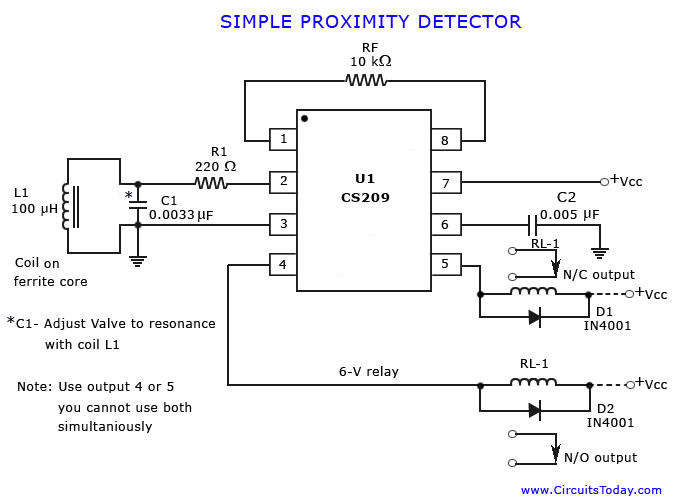We plan to use a Simple IR proximity sensor.
How does it work?
A proximity sensor often emits an electromagneticfield or a beam of electromagnetic radiation(infrared, for instance), and looks for changes in thefield or return signal.
What different flavors does it come in?
There are many different types of Proximity sensors.
The flavors include:
- auditory
- magnetic
- radar
- inductive
- infrared
What are its practical applications outside
of art making?
Museums use proximity sensors to detect if a person is getting to close to the artwork. Sonar sensors were typically used within submarines to detect external motion in the waters.
There are many different types of Proximity sensors.
The flavors include:
- auditory
- magnetic
- radar
- inductive
- infrared
Locate the schematic.

Find the inputs, outputs, how to calibrate
or impact the use and other relevant
information on the diagram.
The diagram is already labelled with the different inputs/ outputs.
Outputs 1 & 8 connect to a resistor
Outputs 2 connects to a resistor and then to a relay connected to Output 3
Outputs 3 & 6 connect to ground
Outputs 4 & 5 connect to potential power sources. YOU CAN ONLY USE 4 OR 5 NOT BOTH. The 2 outputs also then connect to LEDs
Output 7 is the main power source
No comments:
Post a Comment